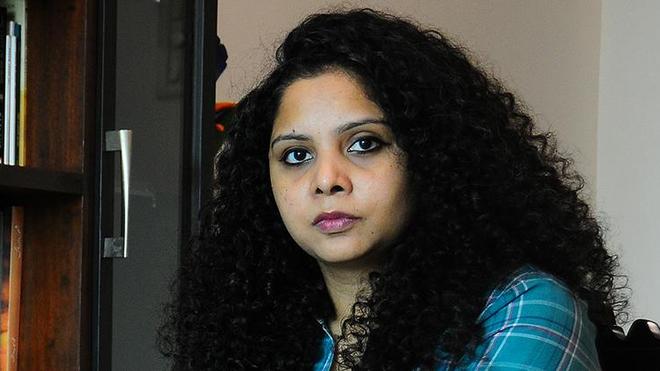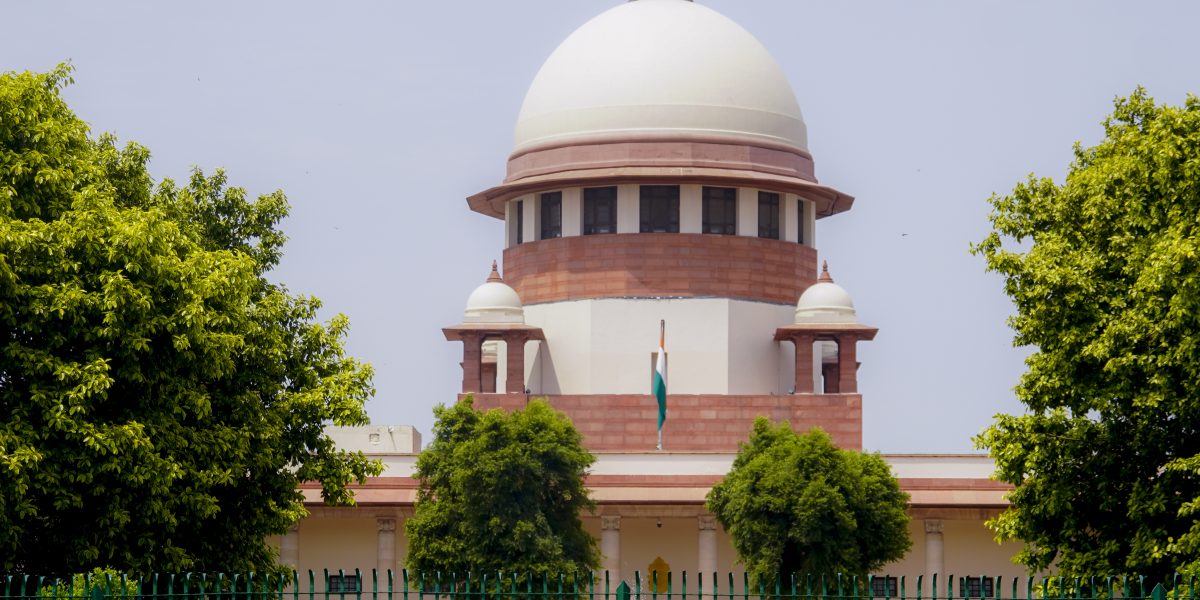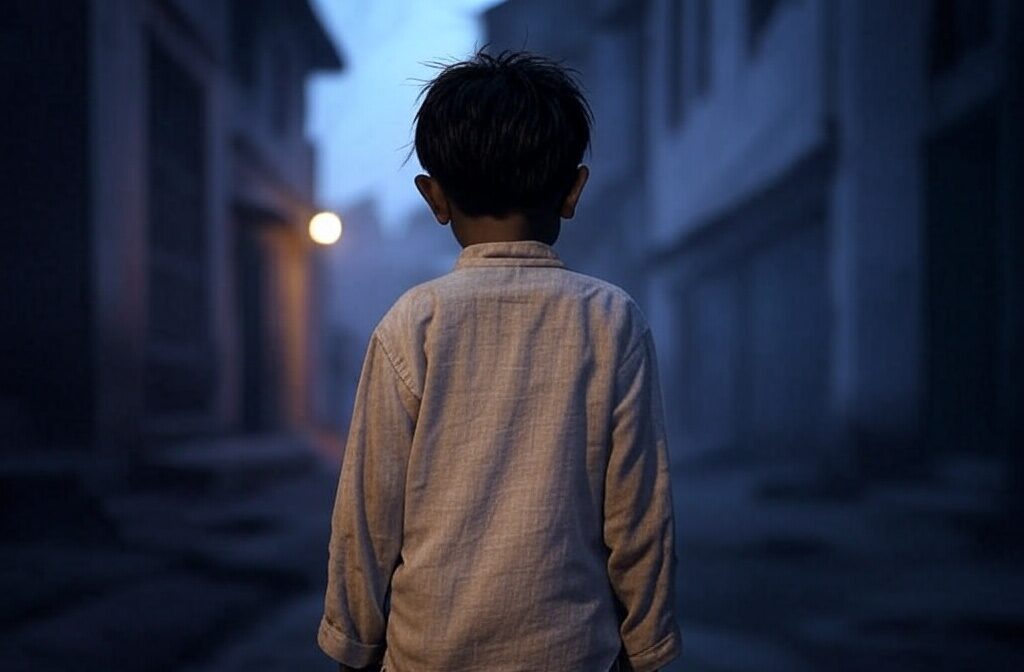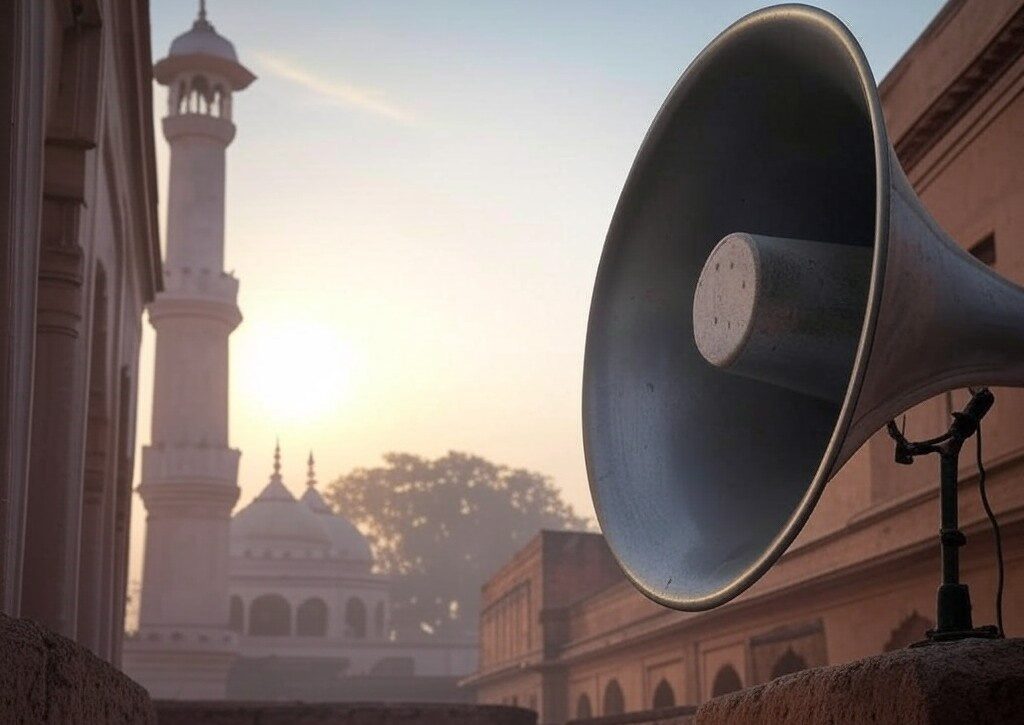
In this year, there has been a political momentum to enact and promulgate legal measures for population growth in India. Though in last couple of years, members of RSS-BJP have been publicly advocating for population control measures including a Rajya Sabha member of BJP had introduced a private member bill ‘Population regulation bill’ in Parliament. On July 11 2021, the UP-State Law Commission had drafted proposed pollution control bill intending to implement two-child policy.
Make no mistake, there is overwhelming public support to these population control laws in India, especially from educated Indian middle class, which assumes that India’s every social and economic problem can be solved through population control measures, rather than addressing root causes of growing reasons of growing income inequality and social backwardness of various lower caste and religious communities. Yet, the popular discourse still makes us believe that population control measures are a ‘magical wand’ to solve each and every problem faced by marginalised and under-privileged communities.
The general features of UP’s new population control bill
In the initial analysis, The Uttar Pradesh Population (Control, Stabilisation And Welfare) Bill, 2021, does not seem or mandate to undertake forceful sterilisation (unlike during forceful sterilisation carried out during emergency period), but still the provisions of the law has extremely adverse impact on marginalised groups and vulnerable individuals in the country.
The governments rationale for enacting population control law is provided in the bill, stating that (1) there are limited ecological and economical resources at hand (2) therefore, it is necessary to limit the population for equitable access to socio-economical rights and higher living conditions. Furthermore, the Chief Minister Yogi Adityanath had stated that the aim of the law is to control the increasing population and create a ‘population balance’ among different communities, which fairly increases suspicion of communal agenda and disproportionate application of the law on the minority groups.
The proposed law envisages two fundamental means to regulate or limit the reproductive choices of number of children, which are (a) incentives provision such as government employees and individuals willing to undertake voluntary sterilisation shall get two additional increments, soft loan, housing subsidy, rebate charges for electricity, water and house tax etc (2) disincentives like punitive penalties, barring individuals with more than two children from contesting election, applying for government jobs; denial of subsidies and welfare schemes of the government.
However, there are multiple compelling arguments from many experts and policy makers why this population law is unnecessary and misguided, including that India is not facing a population explosion, as the total fertility rate is expected to reach desired value 2.1 very soon. Moreover, there is no rational logic between limiting population growth and desired policy goal of achieving higher standard of living and equal access to economical resources. This law could also have adverse consequences such as increased female foeticide and unsafe abortions and negative impact on the gender ratio, which was evident from China’s failed one-child policy.
However, notwithstanding all these compelling arguments, there are some fundamental questions that still issues remain unexplored. Even if the government can portray that these legal measures shall achieve the desired policy goals, whether UP’s population law satisfy the constitutional test?
UP’s population control bill violates Individual’s and women’s reproductive rights, privacy and personal autonomy
UP population control bill in general raises legitimate constitutional issues such as right to privacy, personal autonomy and reproductive choices guaranteed in the International Covenant on Civil and Political Rights (ICCPR) and Indian Constitution. Consequently, some of the provisions in the UP population control bill would undoubtedly fail to satisfy the constitutional scrutiny. Immanuel Kant in his conception of ‘human dignity’ has argued that human being cannot be used as ‘means’ to achieve a particular end, regardless of the desired benefits from the goal. Therefore, the State is not allowed to regulate intimate and personal choices of human beings as means to achieve a policy goal of better and equitable utilisation of economic resources among the communities and other utilitarian purposes.
This principle has a guiding value in the right to reproductive choices recognised by ICCPR and Indian Constitution. The reproductive rights are not separate set of rights, but it rests on the recognition of basic rights of the couples, especially women to decide freely and responsibly the number, spacing and timing of the children. ICCPR specifically recognises ‘right to marry and found family’(Article 23) and; Convention on Elimination of All forms of Discrimination Against Women (CEDAW) had specifically recognised ‘women’s rights to freely decide the number and spacing of the children’. The broad contours of reproductive rights have also been recognised by Indian Supreme Court in the landmark judgement of Justice K S Puttaswamy v Union of India. Therefore, the UP population control bill’s aim of implementing two-child policy through incentives and disincentivize welfare measures undoubtedly violates core part of right to personal autonomy and right to reproductive choices.
On the other hand, the UP Government might argue that there is no forceful sterilisation policy to implement the two-child policy, accordingly, the UP population control bill would not violate the constitutional rights. However, the impact of the legal measure such as disincentives measures in the UP-control law would amount to de-facto coercive population control measures.
Disincentives legal measures in the population control bill, has an adverse consequence on the exercise of the right to reproductive choices by women, especially women’s from marginalised communities. The welfare schemes and food subsidies are backbone of survival for poor and marginalised communities in India. Further, the equal access to government jobs is a facet of equality and only means for many marginalised groups to socially and economically progress. UP population control bill effectively and disproportionally impacts people from marginalised and vulnerable groups and push to a state of absolute destitute with no possible means to escape poverty and social backwardness. The denial of welfare schemes and government benefits would also have inevitable adverse impact on child born in contravention of two child policy. The absence of welfare schemes to the family, would push the children more into abjection.
1994 Report of the International Conference on Population and Development were published after a deliberation of 113 countries in developing universal future population policy in compliance with human rights guaranteed in the international treaties and customary international law. The report specifically emphasises that individual has right to reproductive choices irrespective of any utilitarian justification; and stress that economical incentives and disincentives is counter-productive in limiting TFR rate, and may amount to coercion. Since, India being a signatory to the report, the government required additional legal justifications and evidences to substantiate the claim that disincentives legal measures are not punitive and does not violate the fundamental rights and freedoms guaranteed in the Constitution and incompatible with IHRL obligations.
The UP Government is aiming to pull as much ‘feel good words’ and ‘noble objectives’ to justify the population control bill, as much as claiming that population control bill can achieve the objective of equitable sharing of social and economic resources. But, the grim reality of the income inequality does not solely originate from the population alone, rather its inability of the governments to envisage affirmative actions and welfare measures provided to the marginalised communities and vulnerable individuals in India.
This story first appeared on maktoobmedia.com






